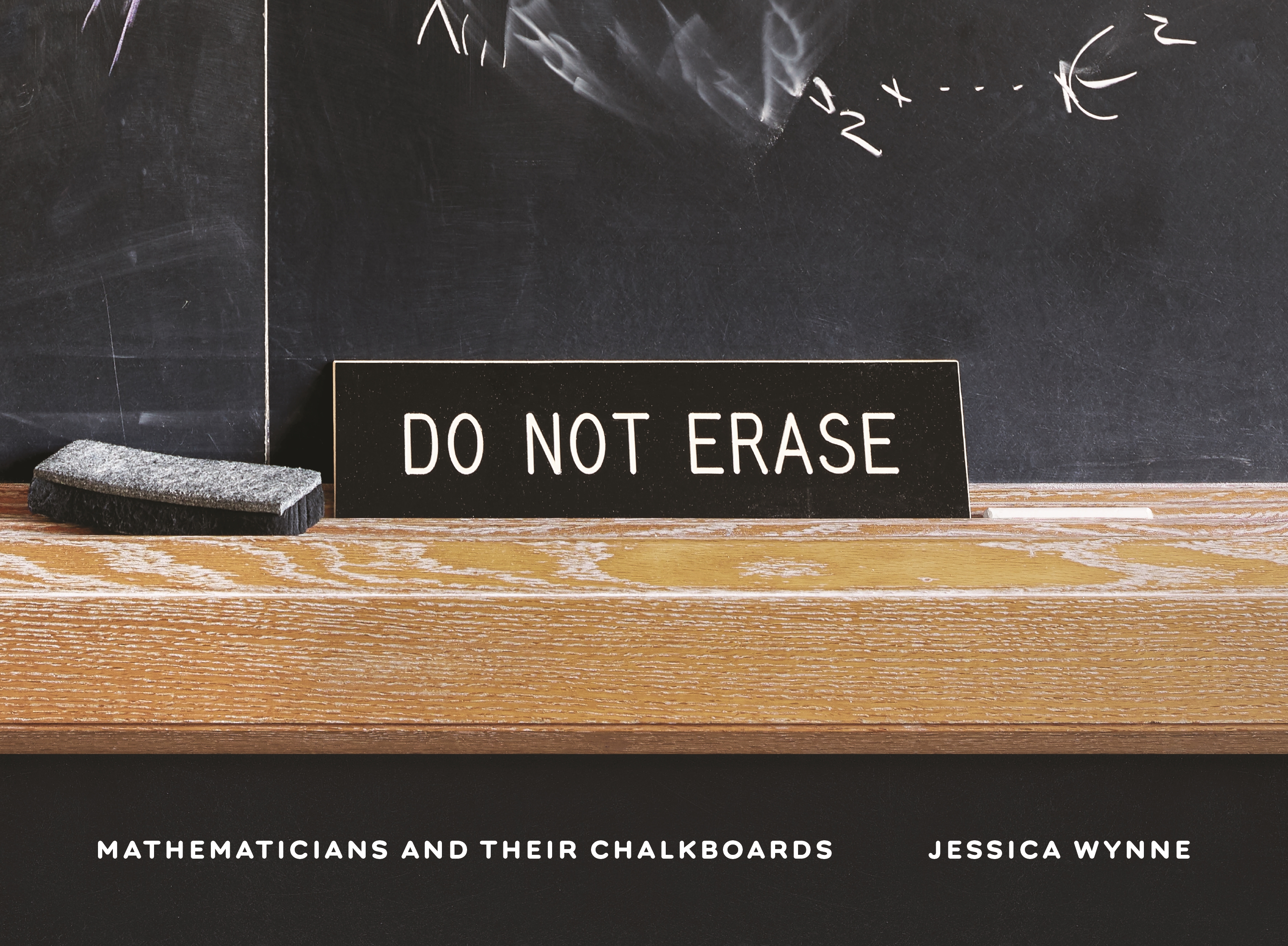Do Not Erase

Do Not Erase: Mathematicians and their Chalkboards by Jessica Wynne is a beautiful photography book. Each leaf contains a photograph of a mathematician’s chalkboard and a short essay by that mathematician talking about their work, what is displayed, or something personal. Wynne’s work only looks at blackboards or chalkboards, not whiteboards. The entries vary from the prosaic, such as diagrams left over from an office hours session on elementary calculus, to snapshots of current work, to results that were a life’s work.
One of the recurring themes in the mathematician’s essays is the superiority of chalkboard over a digital medium like PowerPoint. Many of the essays leave their author’s rationale unexplored, but the reasons articulated include:
- The act of writing slows down the speaker, providing more time for the audience to understand the content (and, in a class, take notes)
- The speaker is able to use their full body to communicate (versus a voice and a static image)
- High-quality chalk provides better legibility than a marker and skilled users can create subtle artwork, but chalk isn’t so versatile as to encourage adding unnecessary and distracting details like digital works
For why a chalkboard is superior to a whiteboard:
- Whiteboard markers smell
- Whiteboard markers are always running out
- Markers aren’t as legible and flexible as chalk
(Some of the authors do note that markers have the advantage of leaving less dust about, as in the case where the mathematician moved a chalkboard into their bedroom in case there was a late night burst of insight.)
As the production of the book extended over the pandemic, many of the mathematicians express sorrow over their inability to use their boards for their work. Although most of the mathematicians in the book are in fields sufficiently esoteric that book readers will not grasp what is being shown on the board, we can appreciate the medium and skill that permits the transmission of deep concepts in such a succinct manner and wish we could hear and see the mathematician explaining their work in concert with the pictures.